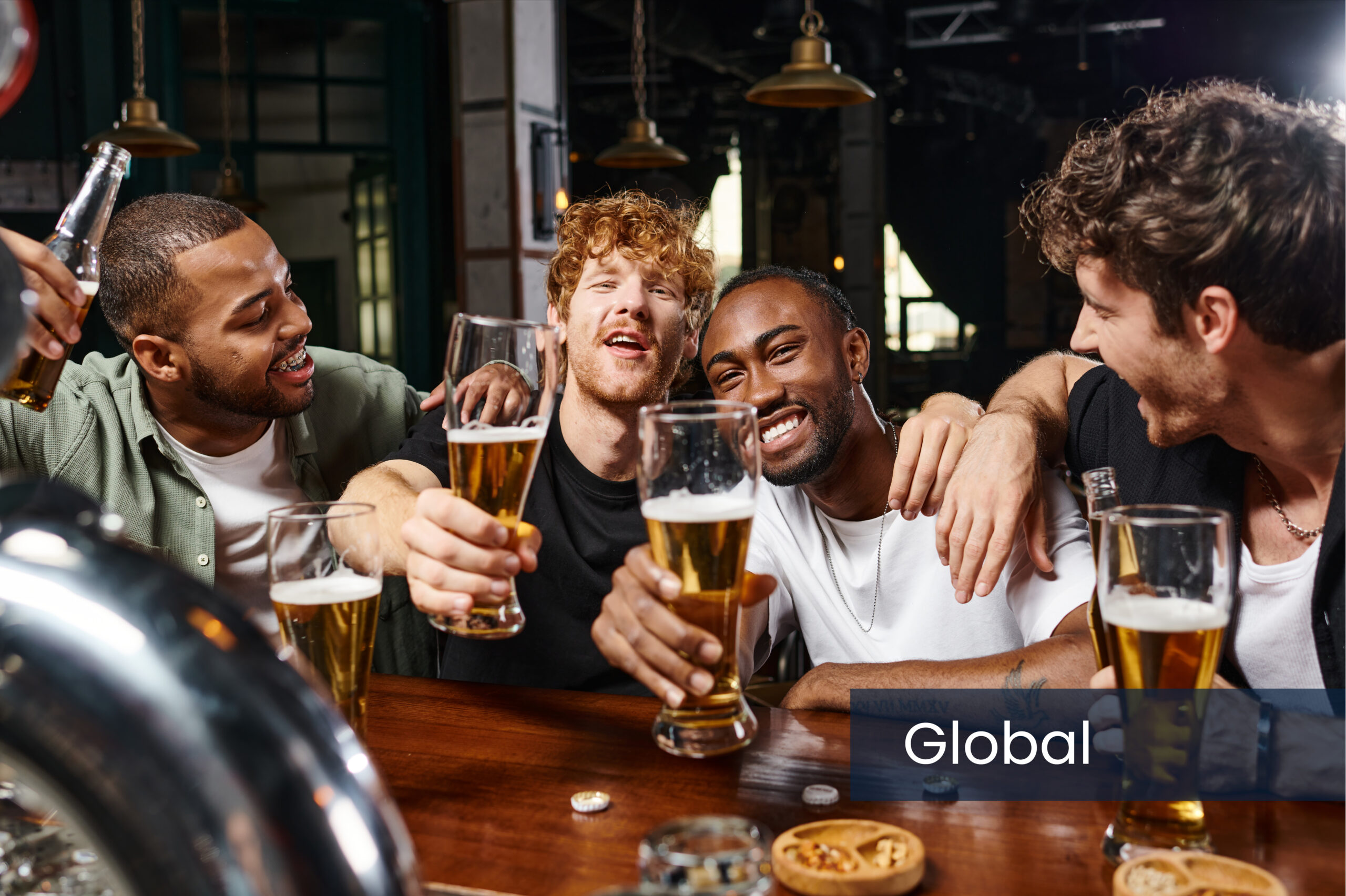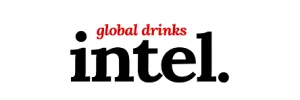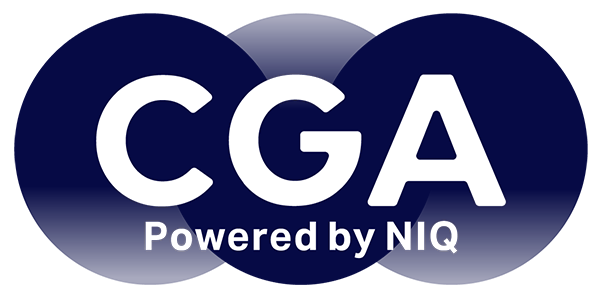
We are officially living through the era of wellness and wellbeing. Between cold pressed detox juices, Bikram yoga, gut-boosting probiotics and Alexa-integrated air filters, we are being inundated with products and services that revolve around personal betterment. The goal? To be the best versions of ourselves.
Fuelled by an increasing focus on physical and mental health, the sector has enjoyed a post-pandemic boom, with consumers tracking any and every metric possible to better understand how to improve their health and mood. Be it wearable fitness trackers, wellbeing journals or calorie-counting apps, we are never far away from our own personal wellness score.
The vernacular of wellbeing and wellness is so entrenched that in my team of nearly 30 Gen Z and Millennial researchers at CGA by NIQ, we set a ‘weekly wellbeing priority’, to keep us all mindful, positive and productive. These usually centre along the lines of increasing step count, going to the gym or drinking more water than usual. It’s rare that anybody sets a wellbeing priority around drinking more alcohol than usual.
Let’s be clear, the context does not place the on-premise and beverage alcohol sectors particularly positively.
In fact, alongside stories of a new generation of teetotallers, weight-loss drugs that suppress the appeal of alcohol and a perceived social stigma around being drunk, it has led to many predictions (premature as they may be) of a cataclysmic collapse of eating and drinking out and, in particular, drinking alcohol.
The data does indeed reflect somewhat of a shift away from spending on drinking out and into wellness.
By CGA by NIQ’s last count, annual global sales of beer and spirits are down 0.9%, while the Global Wellness Institute claims the global wellness economy has grown by 9% annually since 2020 and is now worth US$6.3tn — a figure that places the sector above the likes of the global IT and tourism industries.
Sector experts have even suggested that, rather than luxury alcohol or designer goods, it is wellness that is the latest status symbol. This is supported by reports from British healthcare company Bupa that the wealthiest consumers have increased their spending most on wellness and self-care (+20%).
However, it is somewhat difficult to pinpoint exactly what wellness is and where that money is spent.
Maybe I am being sceptical, but I can’t help but think that some of the hype around wellness may be exaggerated, in much the same way the doom around drink may be.
The Global Wellness Institute figure is, at best, selective and, at worst, downright deceitful. It classifies the wellness sector as inclusive of cosmetics, personal care and beauty, but not of activities such as holidays, hospitality or the live experience sector.
I appreciate that I am not the target market, but given the choice between a vacation, a pint or a manicure, I know which of the three would least improve my wellbeing…
Despite (or, depending on how cynical you are, because of) the influx of new products, experiences and exposure to all things wellbeing, we are also starting to see a backlash.
Smoking is back, (as evidenced by my personal favourite Instagram page, ‘cigfluencers’), vegan restaurants and alcohol-free bars are closing and indulgent dessert parlours continue to expand their reach globally.
My take is that, in a world where concentration spans are ever-shorter and time is ever-more squeezed, wellness is more about time well spent than money well spent.
CGA by NIQ’s latest global research shows that consumers are far more likely to value ‘quality time with loved ones’ as a treat than they are ‘self-care and wellness’, although that does appear on the list.
And, when considering that, perhaps wellness isn’t the great threat to the on-premise sector after all. I would argue that, positioned correctly, the sector can lean into the wellness trend and take advantage of the self-care needs that consumers continue to prioritise.
If wellbeing is about doing what makes you feel good, the on-premise should embrace it for the better. Certainly, wellbeing does not mean irresponsible drinking and the consequent regret, anxiety and social shame which that is increasingly associated with.
But what wellbeing can be, is a more deliberate and positive choice. The choice to enjoy a glass of wine with friends in a beer garden, the reason to stop the solitary doom-scrolling through social media and head out into the real world of bars and restaurants or the driver behind the mental health-boosting chat with a pal over a nice pint.
Perhaps then wellbeing isn’t the beginning of the end for the sector, but a new and more progressive beginning — the era of positive drinking.
To learn more about CGA’s REACH survey, Bartender Insights and other sources of insights for suppliers and operators across global markets to support your global strategies, contact Charlie Mitchell here.
Originally published in Global Drinks Intel Magazine




